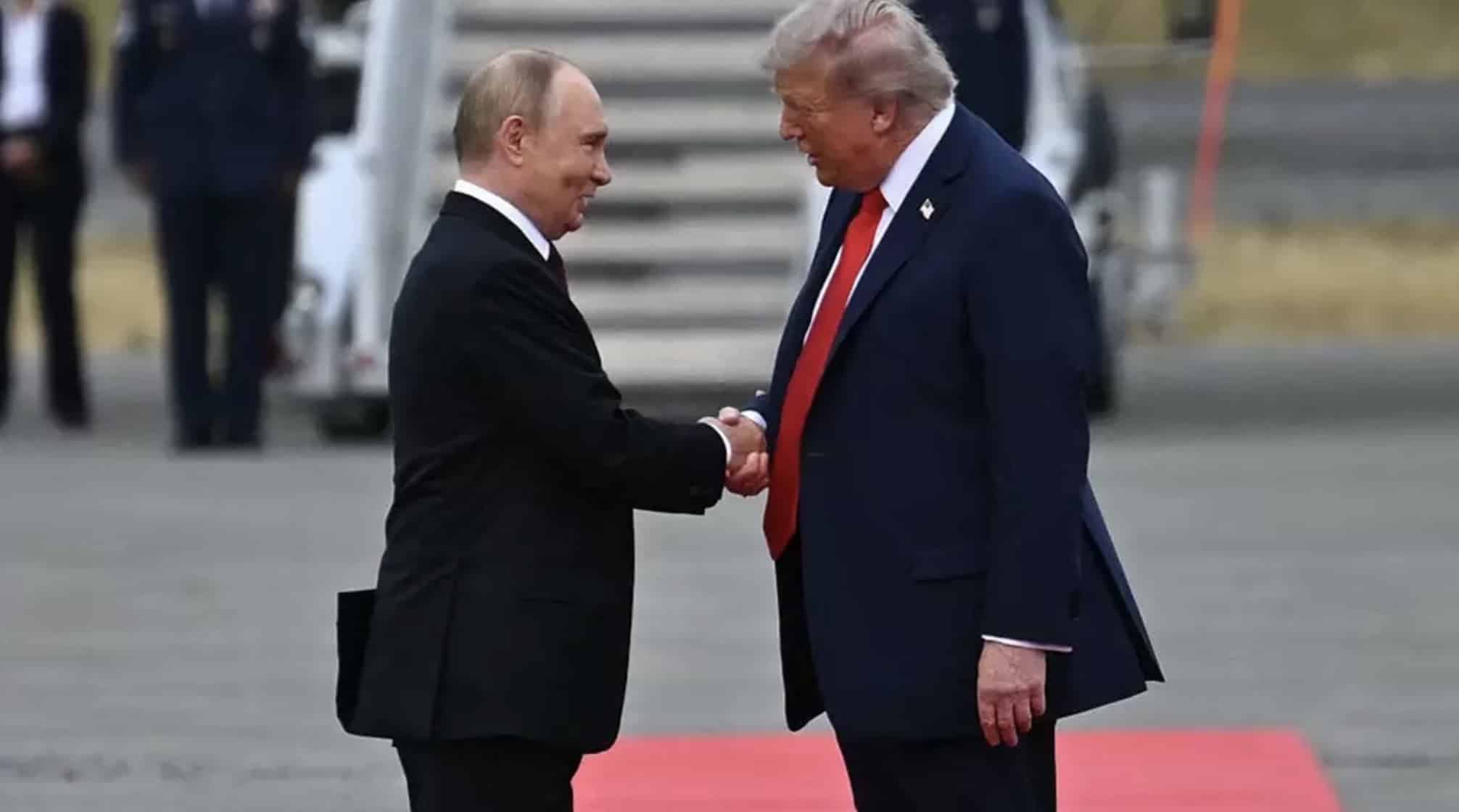
During a high-stakes meeting in Anchorage, Alaska, between US President Donald Trump and Russian President Vladimir Putin, attention shifted from geopolitics to a single moment: their handshake. While the summit aimed to address the ongoing war in Ukraine — a conflict unresolved since Trump’s inauguration earlier that year — it was the brief physical interaction between the two leaders that sparked global fascination.
Prior to the meeting, Trump warned of “very severe” economic consequences should Putin refuse to engage in peace talks. “I’m not doing this for my health,” he said, stressing his desire to save lives rather than pursue personal or political gain.
However, it was the handshake on the red carpet that ignited online debate. Some viewers interpreted Trump’s subtle pull on Putin’s hand as a power move. Body language expert Patty Ann Wood offered a more nuanced perspective, describing the exchange as a complex interplay of dominance, respect and familiarity.
Wood noted that Trump appeared confident, standing upright with a genuine smile, and even applauded as Putin approached — a gesture she interpreted as respectful. Interestingly, Trump initially extended his hand palm-up, a submissive posture unusual for him. This, Wood suggested, indicated that Trump viewed Putin as the dominant figure in that moment.
But Trump quickly reverted to form. He pulled Putin towards him — a tactic he has used before to assert control. This firm grip was coupled with direct eye contact and a smile, suggesting warmth, yet also strategic positioning. Trump then added a “double handshake” by patting Putin’s arm with his free hand — a subtle sign of dominance, implying, according to Wood, a latent threat: “I could strike you if I wanted.”
Putin responded in kind, patting Trump’s arm in return. As they walked together, Trump shifted to his preferred position, placing his hand over Putin’s — a final assertion of control. The interaction culminated in Trump whispering into Putin’s ear, a gesture Wood interpreted as intimate, reinforcing a sense of personal rapport.
In sum, the handshake served as a symbolic chess match — a silent negotiation of power, respect and mutual recognition. Despite the gravity of the political stakes, their body language conveyed the familiarity of “old friends reunited,” revealing layers of diplomacy beyond words.

